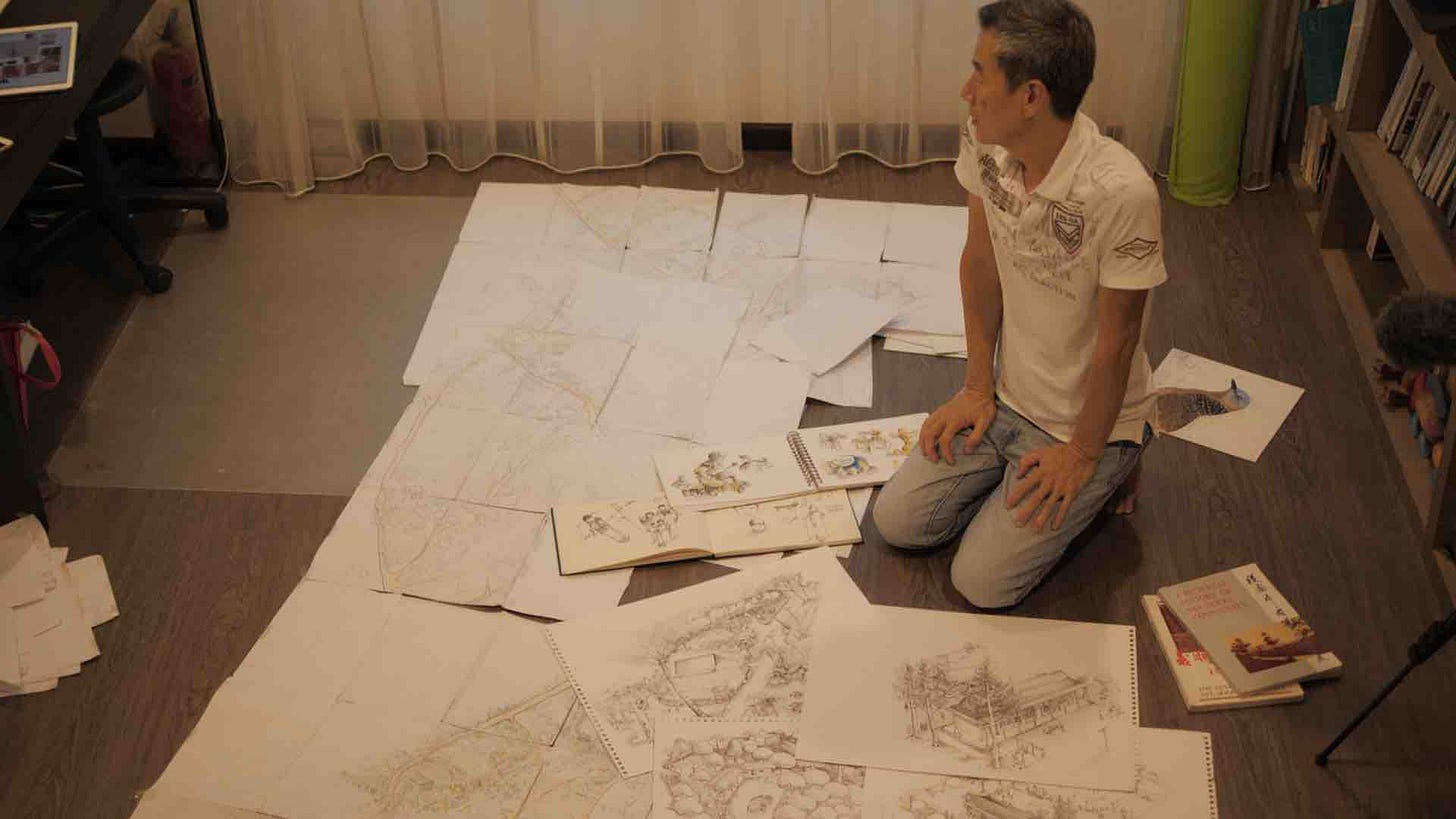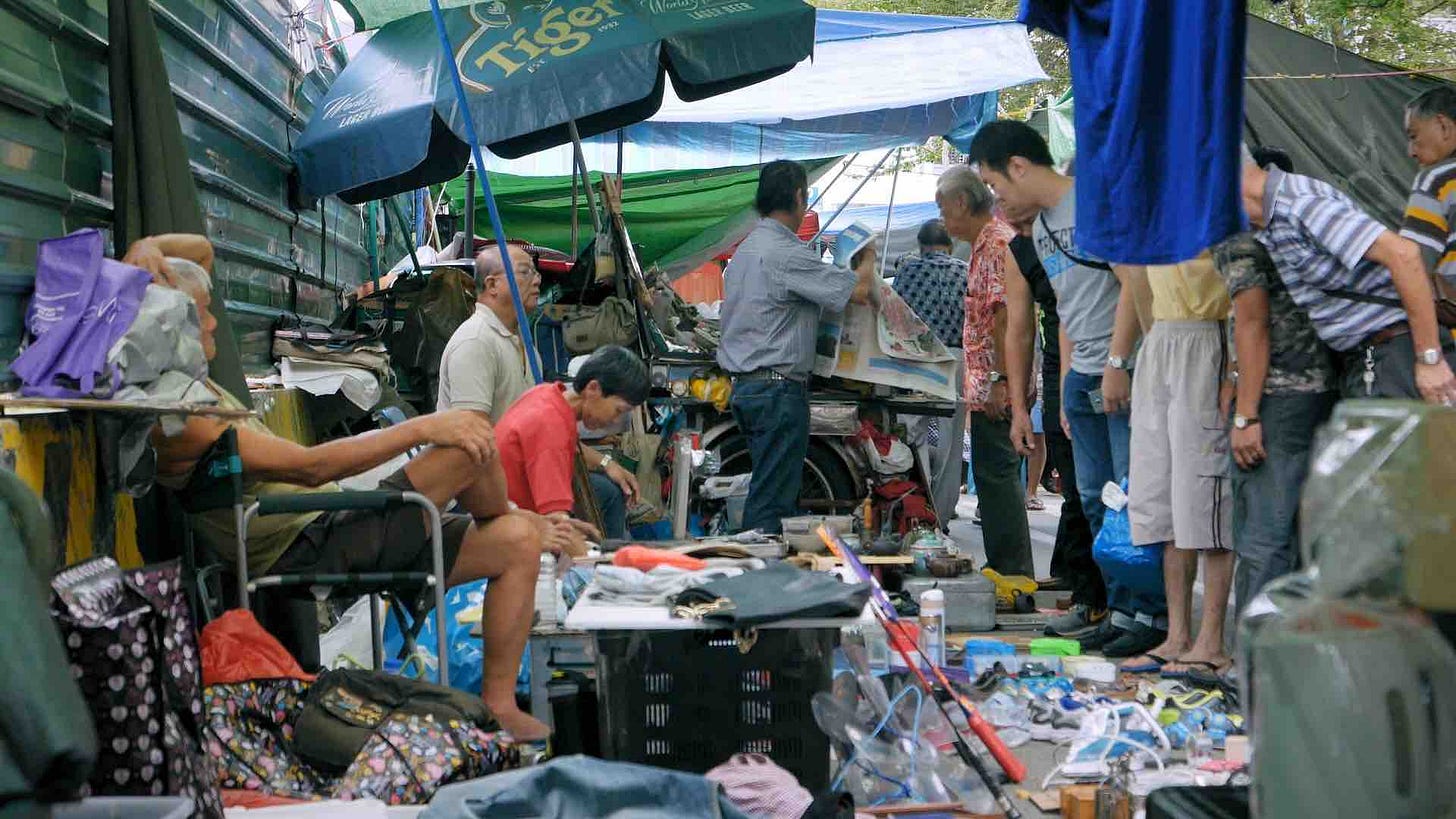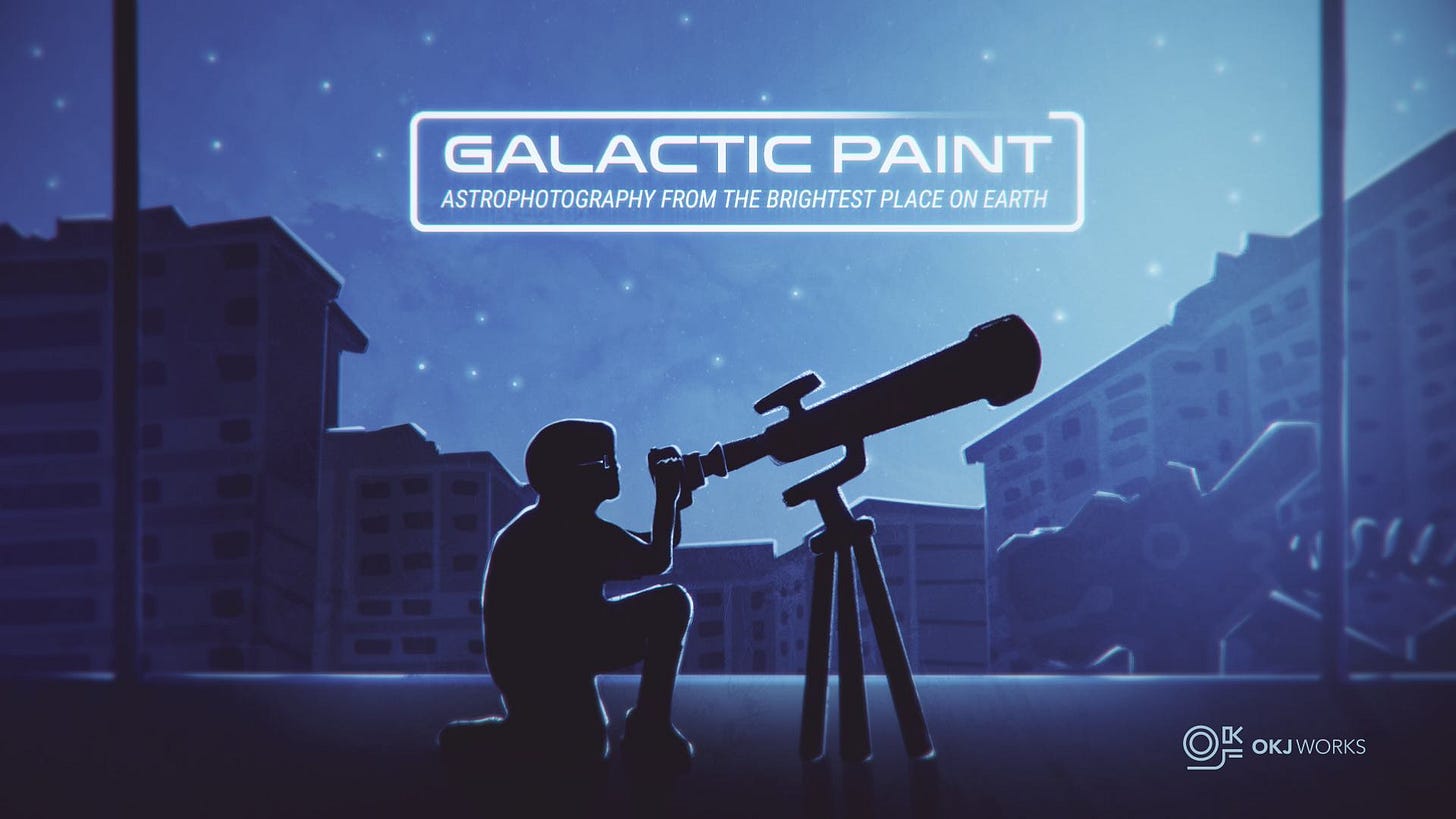Bring your story to life with advice from a documentary filmmaker
Lessons from award-winning storyteller and director OKJ
When you’re surrounded by so many good stories, how do you choose which one to tell – and which one’s the “best”?
Well, maybe you don’t have to.
“I think it is worthwhile to say in all honesty that the stories I have had the privilege to tell chose me,” admits Ong Kah Jing, or OKJ as he is more known.
OKJ is a storyteller, documentary filmmaker and director based in Singapore – which probably explains his reply. Because of his work, he encounters a lot of viewpoints and narratives worth spreading.
“With such an abundance of interesting stories, life’s serendipitous nature has taken me to different places and people – gifting me with many opportunities that leave me with glee,” he relates.
Unfortunately, he can only focus on some of them.
“I have also turned down a fair amount of these opportunities,” he muses.
“I choose to tell a particular story only if I can (This is a question of ability and confidence. Do I have what it takes? Do I have the ability to gain access? Most importantly, do I have the confidence to fill in the gaps in my ability if I do not?), if I should (This is a question of morality. It is one that is slowly evolving within me with each new project. Right now, it is anchored by the work’s impact on society and its repercussions on the film’s subjects. Just because you can, doesn’t mean you should.), and if I am compelled to (This is a question of motivation. Meaningful work requires much devotion, for its challenges will turn away those with short term rationality.)
“Only after passing these three criteria will I take on the work of telling a story,” he concludes.
Similar chances
In his short film, A Sunny Past, OKJ chronicles Sunny Ng’s quest to keep the memories of his kampung – Chye Kay Village – alive through stories contributed by the community, as well as through a graphic book. It won the AIC Video Competition 2019.
And in his documentary The Conservation Conversation, OKJ reveals the issues that arise when conservation efforts clash with people’s survival and sources of livelihood. It won at the 2017 National Youth Film Awards.
Whether our “chosen” story is about a serious subject or a light one, our own or someone else’s, we don’t necessarily have to be a filmmaker to document it well, and fairly. But it does help if we can get a guide like OKJ to show us how to make the process a bit easier and more fulfilling.
Is there a story that “chose” you, or you wish to pursue, on film or any other medium? Here are OKJ’s tips to make it shine.
#1 Immerse yourself
“I see the documentary as a medium that transfers experiences from reality through film to its audience. In that belief is the notion that one should have experienced it for themselves or be incapable of this task. It is also perhaps the most rewarding part of being a documentary storyteller,” OKJ observes.
“For Trespass: Stories From Singapore’s Thieves Market, I realised by my sixth day of shooting that I was not capturing moments with intention – and it was reflected in my quality of work. I decided right then to leave my camera at home for a few weeks and simply talk, listen and experience the place with my senses. That immersion influenced the way I treated my work, as it should. When the film was screened to those familiar with the place, they felt the same way too. It was their response that validated this tip for me.”
#2 Respect your subject
“It is often tempting to tweak the narrative of the subjects within our work – the blemishes, the mistakes, the ironies. And with documentaries requiring the process of cutting for the sake of time and other matters of practicality, some would use the opportunity to ‘tell a better story’ at the expense of integrity. Regardless of the end goal, I object to this approach, for I believe that it ultimately takes away from what our work seeks to represent,” OKJ maintains.
“For The Conservation Conversation, we were faced with many ironies regarding the efforts of nature conservation. This led to many crossroads in the editing room where we had to evaluate what was ‘right’.
“It is worthy to note that this was my first documentary – so it hit me hard when I became aware of my involvement in others’ storytelling, the responsibility that came with it, and its repercussions on public discourse. With much deliberation, we went with showcasing the irony and duality of the efforts and the people. This was noticed by one of the interviewees, who to our relief was equally fair in her response as we were in our portrayal of her work.”
#3 Explore what is visually possible
“A cornerstone of documentary storytelling is the interplay between words and visuals. Those words, be it through interviews or text, can be expressed in a great variety of ways visually,” OKJ declares.
“In the context of Singapore, the avenues available to storytellers are plentiful. From freelancers that range from cinematographers to animators, and institutions such as the National Archives of Singapore, there are so many ways that one can explore to visually add to a story.
“For Trespass: Stories From Singapore’s Thieves Market, the necessity to fill in the visual gaps caused by a lack of resources and film media forced me to explore other alternatives – and for the better. It was an exciting experience to sift through decades of information at the National Archives of Singapore – pieces that would be used for the opener (a time-travelling wormhole of news article clippings),” he continues.
“It was also exciting to witness an artist render scenes of the past in watercolour – her work elevates the historical retelling of a protagonist. This experience expanded my perspective of what could be – and it has since made me aware of even more approaches to documentary storytelling.
“I highly recommend Mercury 13 and Shirkers on Netflix for those who are interested in how archival images can be used innovatively in documentary storytelling. There is also Another Day of Life, an animated documentary about the Angolan War.”
#4 Pay attention to sound
“I believe that the audio element distinguishes the professionals from the amateurs. High-quality sound design, be it through great recording and/or great sound mixing, will elevate your work. Some have argued that audiences are more willing to forgive bad visuals as opposed to bad audio. I am a believer of that notion,” OKJ confirms.
“This was emphasised in my latest work, Galactic Paint, in which the sounds were all meticulously recorded so as to immerse the audience in the environment that the protagonist was in. Having received feedback particularly on the sound, it is an element that I will continue to respect and improve on.”
One more piece of advice
“Does it do the story justice?”
This question can help you handle the responsibility of recounting someone else’s story. Ask it when you have to make crucial decisions too, says OKJ.
“What have I learnt from this approach? Well, people respond to your respect for their stories with positivity,” he answers.
“I have had the opportunity to learn, explore and grasp an understanding of the world. In short, I have lived more because of them. And to respect is not always to agree. Meaningful decades and articulation of thought have opened far more doors for me than agreements ever could have. And that process is also necessary for telling others’ stories.”
When will you share yours?
For more on OKJ, you can visit his site or follow him on Instagram and Facebook.








